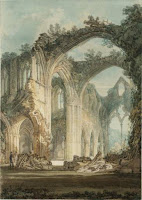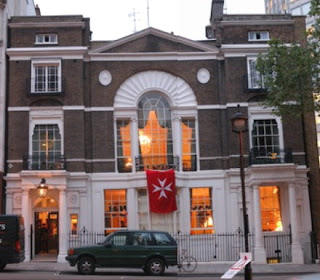It occurred to me that before Victoria and I begin posting about the things we plan to see and do on our tour, you should know just what it is we plan to see and do. To that end, here’s our itinerary:
Thursday, June 10th – Victoria arrives in London
Saturday, June 12th – Kristine and Brooke arrive in London, and within hours we head out to the Queen’s Gallery at Buckingham Palace to see the Victoria and Albert: Art and Love exhibition. Then it’s over to Apsley House (Yes!) and a walk round the St. James’s area, taking in the Square, the side streets, the shops and Piccadilly. No doubt we’ll be dropping in to the Red Lion Pub, a few doors up from the Almack’s Building, for a pint. Or two. That night, we’ll be dining at the Grenadier Pub in Wilton Row, once the local pub for the men in the Duke of Wellington’s Regiment and filled with military and Wellington memorabilia.
Sunday, June 13th – This one is subject to change. It’s either off to a Sunday roast at Gordon Ramsay’s Chelsea restaurant, Foxtrot Oscar’s, and then on to the National Army Museum and perhaps to Liberty’s before they close at 6 p.m. Or, Victoria will be doing research while Brooke and I head out to Hampstead, the Heath and Kenwood House.
Monday, June 14th – To Kensington Palace, with tea in the Orangery, and then we’re off to Cecil Court and Charing Cross Road for book browsing, to Grosvenor Prints in Seven Dials for print browsing, followed by drinks at the Landsdowne Club and perhaps a dinner of Peking duck in Leicester Square.
Tuesday, June 15th – We’re off to Windsor to spend the day with author Hester Davenport. A tour of the Castle, old Windsor and a meal are all on the agenda. No plans for this evening, as no doubt we’ll be knackered.
Wednesday, June 16th – Victoria’s husband, Ed, arrives and she’s off to spend the day with him. If they haven’t yet made it to Hampstead, Brooke and Kristine will do that. If they have, then instead they plan to visit lots of pubs, browse at Top Shop and Sephora and God only knows what else.
Thursday, June 17th – We all head out to Dover, cross the English Channel and end up in Waterloo – Woooo Hooooo!
Friday, June 18th – Tour of the Waterloo sights and battle camps, with fireworks in the evening. Wooo Hooo again!
Saturday, June 19th – Visit the battle locations in and around Waterloo, with evening tour in Brussels titled “Walking in Wellington’s Footsteps.” Double Woooo Hoooo!
Sunday, June 20th – The re-enactment of the Battle of Waterloo – Huzzah! After which, Brooke and I again follow in Wellington’s footsteps and head off to Paris for a few days, while Victoria and Ed embark on a Rhine river cruise.
So there you have it. As I’ve indicated before, Victoria and I will be doing in-depth blogs on the various places we plan to visit and . . . . we’ll be bringing along a video camera, which neither of us really knows how to use beyond the old “point and shoot” method. If you can put up with the shaking, weird camera angles, any light problems and the like, we’ll be posting the videos on this blog for all to see. . . . as they say in England – oy vey.








